Tools, Early Cortinas, Project Cars + More - Morley's Workshop 400



|
"A place for everything, everything in its place." Morley applies the Benjamin Franklin maxim to any garage interlopers at the Melbourne Bloke Centre
Write to Morley c/o uniquecars@primecreative.com.au
or Unique Cars magazine, 379 Docklands Drive, Docklands, Victoria 3008
MORLEY'S SOAPBOX
TOOL TALES
Been a tiny bit busy at the Melbourne Bloke Centre, but still managed to get a few of those fiddly little jobs done on Her Royal Brownness (check out Our Shed). Actually, it’s amazing how much you can actually get done when you have even just an hour or so when the phone isn’t ringing and deadlines aren’t looming. At least, it is if you can just walk into the workshop and start spannering. If you have to move the Camira to get to the Torana so you can move the Commodore (thank you Darryl Kerrigan) it aint so convenient. To tell you the truth, if you ask me, this is where a lot of projects stall: It just becomes so much trouble to get to them, move the junk that’s sitting on them to one side, find the tools you left in the boot last time and then actually start work, that it all becomes too hard. Next weekend. This, folks, is how so many worthy projects become garage shelving, I reckon.
Anyway, ever since buying a hoist, I never leave tools inside the car when I’m finished for the day. Because you can bet your bottom dollar that the exact, specific little double-jointed socket doo-dad you need will be sitting on the dashboard of the car, way up there on the hoist. Bugger it… next weekend.

In fact, no matter what I’ve been working on, I always replace tools back in their proper spot inside the tool chest before washing my hands, cracking a coldie or performing the mechanic’s victory dance that only we backyard geniuses understand. And you know what? As a result, I reckon I’ve lost one socket (a 12mm, quarter-inch drive if it matters to you) in the last 20 years. It’s not that the MBC is a picture of order and neatness (quite the opposite actually) but when it comes to tools, they all have a place to sleep when they’re not working.
I think this is why most of us get that niggling, hair-on-the-back-of-yer-neck thing happening when somebody is helping themselves to your tools. Don’t get me wrong, I’m happy to have mates drop around and make use of the equipment at the MBC and they’re always welcome, but putting stuff back where you got it from is the golden rule. Fortunately, the majority of the galoots that wander through the MBC share a common denominator of uselessness and are happy to let somebody else get their mitts dirty on their behalf in the – often – vain hope that I’ll do a better job than they would have.
There’s one other rule at the MBC: Don’t leave your rubbish lying around. If you create an empty oil bottle by tipping its contents down the rocker cover of your car, don’t leave the empty at my place. Changed an oil filter have we? Don’t leave the old one lurking around my shop where I’m likely to trip over it and spray used 10W40 from one end of the place to the other. And if you must leave whole vehicles here while you wait for parts/summon up the courage to tackle a small job that became a big job/any other reason, then be aware that if they’re still here in six months’ time, they become the property of the MBC and its proprietors. That would be me.
LETTERS
CoolTina
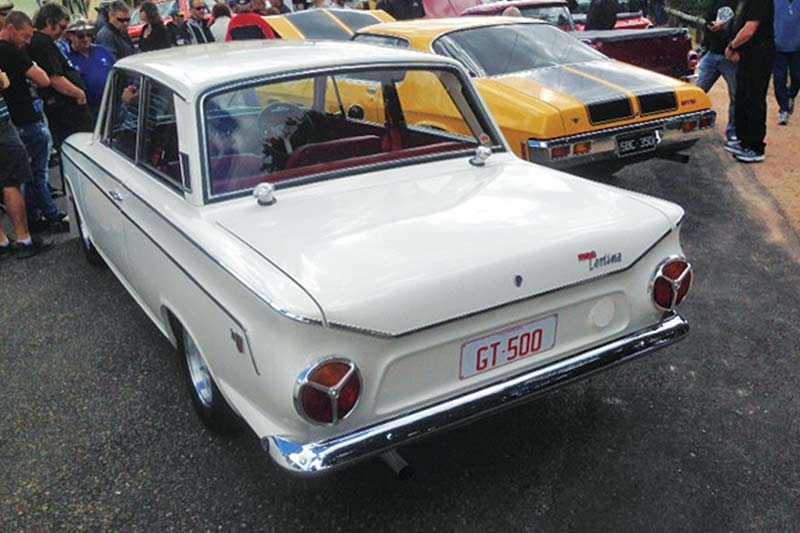
Just reading this column and Morley’s comments on the GT500 Cortina. Saw this one at Deloraine car show last couple of weeks. Note the twin filler necks and welded-up fuel filler at rear. Not sure if genuine, but soo coool (and I am not a Ford guy.) Looks like a real rocket. Wish it was in my garage.
Andrew Taylor,
Yeah, there’s something about those early Cortinas isn’t there? I’m not sure whether the genuine GT500 had the original fuel filler welded up or not. Some I’ve seen look to have had a small plate screwed on to cover the hole where the cooking model Cortina’s fuel-neck once poked. Maybe somebody from a Ford club can help out.
Thing is, I’m like you Andrew, I couldn’t pick a real GT500 from a fake if my life depended on it. And that’s all the more so these days as the copies get closer and closer to the real thing. But I will say this: I couldn’t give a damn whether the car you spotted is a real GT500 or not. It’s – as you say – coool and I’d make space for it at the Melbourne Bloke Centre in a heartbeat. Actually, maybe a copy or replica (call it what you will) is the smart GT500 to have. At least then you could use it and not worry about it getting a bump here or a scrape there. I mean, have you seen the prices being asked for genuine cars lately?
The other freedom having a replica would provide would be the opportunity to hot it up even further without ruining its authenticity. I got the chance to drive a true GT500 a few years back when UC tackled the great Australia-versus-the-world debate and I have to say it was a genuine hoot. But how much better would it have been with something like the engines the Group N racers use in Cortinas? As in, about 180 horsepower and the ability to rev to 7500rpm or so. Throw in a five-speed and you’d be king of the kids.
First-born twin

Love your work. The red-motor debate is a hoot. Meantime, I’m not sure about the twin fillers being an idea unique to the Cortina GT. The Cooper S also had them. I believe that the rules at the time only allowed one person to fuel the car at any time. The attached link may assist: youtube.com/watch?v=LZiQ4PJSmyo
Peter Ellis,
Brisbane, QLD
Hmmm. I watched the link you sent me and – apart from it being a lovely little look into how things were – it does in fact point out that only one person can be filling the car during a pit stop. That race was, though, in 1964 and the Harry Firth-designed Cortina GT500 didn’t come about until 1965. And as anybody who has dealt with motorsport’s governing body in this country can tell you, 12 months is a long time in motor racing. So maybe the rules were changed about that time; a move that could easily have given Harry the inspiration to fit the GT500 with twin tanks. Or maybe it wasn’t and the move to twin tanks had more to do with keeping an even weight distribution as the race progressed and the fuel load lightened. Hell, maybe it was just Harry being Harry.
That said, the Mini Cooper S certainly did pre-date the GT500 and its fuel-tank layout, and with a launch date of 1961, the Cooper S was a good handful of years before the Firth Corty. But I think the GT500 can still lay claim to being the first Aussie design with twin tanks and twin fillers. The other lovely thing about the video link you sent was the unlikely looking gadgets that were turned into race cars in the day. I mean, was that a Volkswagen Type 3 Notchback I saw rounding turn one? Almost as silly looking is the big, finned Mercedes-Benz 220SE, complete with big upright grille and vertical speedo. Then again, Harry Firth and Bob Jane did win the Armstrong 500 in one of those in 1961, so enough with the sniggering.
By the way, I stuck my head in at the National Motor Racing Museum at Mount Panorama after the 12-hour a few weeks ago, and there’s a GT500 on display. And you know what? It still looks the business. And if you’ve never been to the museum that sits right at the bottom of Con-Rod Straight, then do yourselves a favour.
'Stang Swap Pain
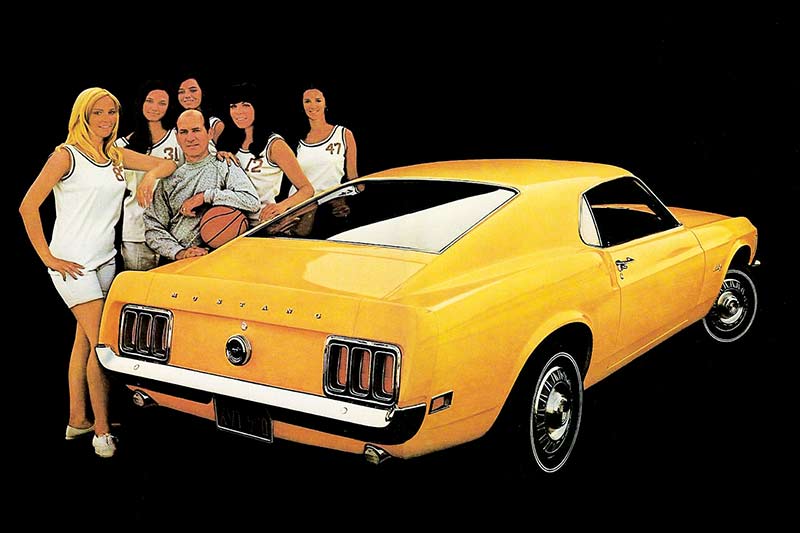
Hi, me again; the bloke trying to put a five-litre Windsor in a 1970 Mustang. Last issue I asked about headers and thanks for your advice. What I eventually did was bolt the standard cast-iron factory jobs back on. A bit less horsepower, but a lot less brain damage.
This time, I’m wondering about whether I can use the original harness and ECU with my T5 manual box and no body module. Or do I have to immobilise the Smart Lock or what? Do you have any data on that?
Harry Ockers,
Harry, I’ll admit up front here that I know as much about ECUs as my dog knows about astro-physics. She howls at the moon, but she doesn’t have the faintest idea why. Fortunately for you, Harry, fellow UC contributor Glenn Torrens is much more clued up on the topic (despite the fact that I suspect he also howls at the moon). Way back when, Torrens was project manager on a Street Machine magazine build on the Falcon Ford should have been making but wasn’t. It was an EA that was converted to a two-door layout and fitted with a five-litre Windsor from a later model Falcon.
Now, you’ll recall that the EA (and the XF before it) are two models tarnished by the fact that they were never offered with V8 engines. So the entire wiring loom and a million other things had to be invented/imagined/built/jury-rigged to get the Sony Scorcher (as it was known) to work. According to Torrens, the big issue was making the engine talk to the car.

Back in those days (mid-90s) nobody else was tackling a project of this magnitude, so there was no aftermarket support for what Torrens and his team were trying to achieve. They were dead-set pioneers. In the end, GT resorted to a Holden ECU from a Commodore (a VR, as it happened). He reckons it was the only way at the time to get around the Smart Lock (Ford’s thief-busting central-locking and ignition disabler) and get the engine to actually take a hint from the ignition key.
"We just couldn’t find anybody at the time who could get inside and disable the EEC4 (Ford’s name for its electronic control module at the time). So what we had was a car that was constantly looking for a message from the body computer that it had been unlocked and not broken into. And it wasn’t getting that message. But by going for a VR Commodore ECU, we were able to find people who could fiddle it. Not because it was easier to break into, but the popularity of late-model Holden engine swaps into early cars back then meant that there was an industry to support it. There’s was just a bigger pool of knowledge to wade into."
Fast forward to 2017 and it’s highly likely that there’s an aftermarket computer out there that will do exactly what you want it to. And you know what? That might be the quickest, most painless way to go, especially if you can buy it from somebody who has done this type of swap before and can give you a step-by-step set of instructions. Let us know how you go.
Diseased & loving it

Love your work Morley, as a long time reader of Unique Cars magazine and long-time Holden enthusiast and racer (I presently race a Group N EH Holden).
I cannot fathom the amount of mail your EJ red-motor discussion is generating! As always, the first thing I do when I purchase Unique Cars is go straight to your column and it never fails to put a smile on my face. The pic of the special-order EJ with the red-motor number plate is a classic.
Keep up the good work, and I can hardly wait for the next issue of Unique Cars to see what else you can unearth in this most interesting disease that we all share…the motor car.
Claude Ciccotelli,
QLD
Aw shucks, Claude. That’s very kind of you. (And can I just point out that Claude is no relation, nor does he owe me money.) It’s great to get feedback, even if it’s only so we know what we’re doing wrong here at UC. Like you, Claude, I’m also amazed at the reaction to the red-motored EJ myth, but, hey, if it’s what you guys and gals want to talk about, who am I to argue? The other topic that has blown me away with the reaction to it, has been the subject of two-stroke diesels. Now, I know this is no truck magazine, but a phat sounding engine is cool no matter what it’s mounted in. And along the way, I’ve learned a few things about an engine layout I had previously heard mentioned in passing, but that was about all. So we’re all learning as we go. Perfect.
Dollars and sense
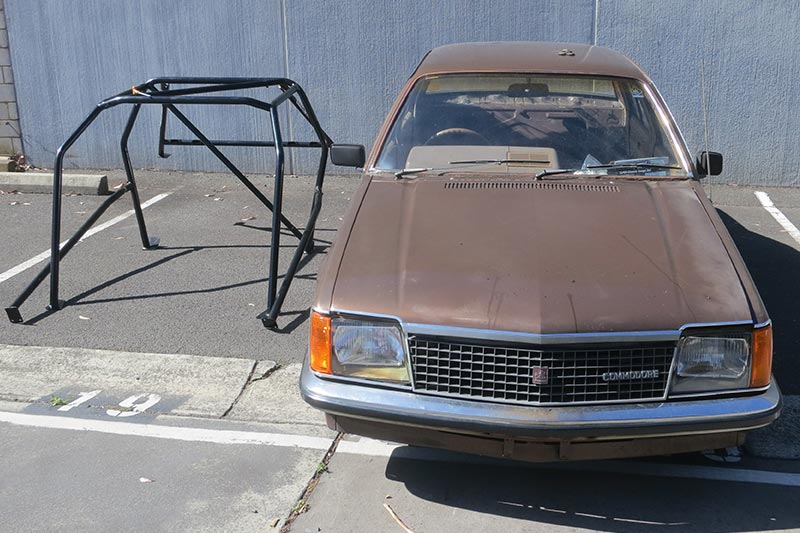
I have been following Morley’s Project Hillclimber build in Unique Cars from its inception. I am intrigued as I wish to go down the same path and compete in hill climbs etc. I reckon hill climbs and sprints are much easier on the vehicle and more fun than track days.
I ask the question though: Would it not have been much easier to buy a vehicle already set up, thus saving money, time and being able to participate much earlier than building one yourself (I have little mechanical experience)? It would be interesting upon completion of Morley’s project to know how much it will have cost and the man-hours involved to build it.
Andrew Taylor,
Ah, Andrew, you’ve identified the flaw in my brilliant plan. You’re dead right: Buying a completed hillclimber with all the work done would, indeed, have been cheaper and a lot less work than the path I chose. And there’s nothing wrong with doing that, especially if, as you’ve admitted, you don’t have a whole lot of mechanical experience. The fact is that – with the exception of historically significant examples – a race-car is a bit like the average boat… a big hole you shovel money into. Check the classifieds; a lot of people who build race-cars spend thousand and eventually sell it for hundreds. It’s not even just the car and the actual components, either. There’s also the workshop gear you need to buy to get the job done.
But, to be honest, building my hillclimber has been great therapy. For me, working on an old car requires using a completely different part of my brain from the – tiny – bit I normally use day to day. As I’ve said many times before, I’m not a classically trained mechanic, but working on something nice and simple like an old Commodore has taught me new skills and new techniques that I’ll have forever and can use down the track. Also, the actual building of the thing is a large part of the experience for me. I really do get a kick out of making bits and pieces from scratch and marrying up new components to improve the end product. And I even get to play design engineer by coming up with ways of making it stronger and better.
On a more philosophical level, the fact that I’ve built the thing myself has demystified it for me. This has a couple of ramifications. One is that I’ll feel confident driving it quickly because I know that the really vital bits are in good nick and installed properly (I take my time with those and double-check everything). Also, I’m going to be less distraught if I bend it or anything does go bang. Because I’ll know how to put it right, since I did it myself in the first place.
I guess the other reason for doing it from scratch was because it makes for a better yarn in this magazine. It would have been just another one of ‘Our Shed’ cars had I simply bought a complete race-car. But by starting from not much more than a paddock bomb and taking it all the way step-by-step, you lot get to see how it’s done by a complete weekend warrior. And we got to showcase some really neat, quality gear from a range of local manufacturers and suppliers; stuff that you can use on your project, Andrew, whether you build it from scratch or start improving on a ready-to-race job.
As for the cost, forgive me if I don’t want to think about it, let along add it up. I reckon I’ll be on the track for under ten-grand (but not much under) but since the process has been spread out over a year or more, it hasn’t been the wallet-trashing experience it might have been. As for man-hours, it all depends on how fast you work. Because I’m a plodder, I reckon I’ve got about a week’s worth of time just in the suspension bushes, so I’m not a good example. As Mrs M would soon tell you; there’s a theme.
A whole life in one magazine
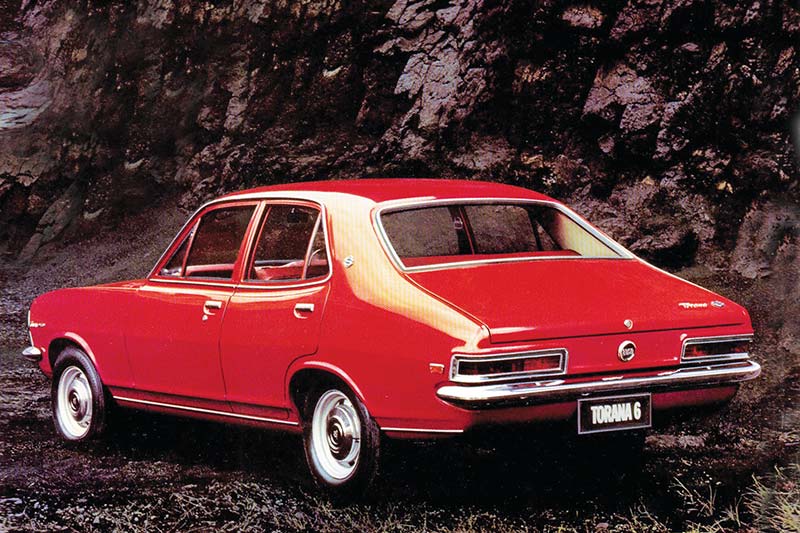
Issue 398 covered off quite a few things for me. The Austin 7 story reminded me of Dad’s tales of his own 7. And those Holden FEs; I had a couple of them. Seeing the 48/215 and the EJ reminded me of the same two my parents had albeit the 48/215 was black. It was a lovely car until, someone T-boned it one day at an intersection and wrote it off. The EJ lasted a bit longer; until Dad saw a HG Holden Premier 253 Trimatic for sale in a dealership. It was just 12 months old and too good to pass up. Dad spoke to the previous owner about the car and that was the clincher. Well, that HG is still in the garage at home.
The Capri: Ah what a nice car that was. A mate of mine had a V6, in ice blue . It went well and, the sound of it was like a V8. What a shame the SV6 doesn’t sound like that.
As for different things leaving the Holden factory: I worked in the body shop at the Acacia Ridge plant from 1972 until it closed in 84. The weirdest one I saw was, a three-door L J Torana. Hyundai Veloster eat your heart out. Everything on LJs lined up together perfectly and this one had one door on the passenger side and two on the driver’s side. At the time I thought it was a great concept albeit I would have swapped the sides around. That body, by the way never left the body shop, let alone the factory.
One of the jobs I did there was cut holes out in the floor for the autos and the manuals. These were the same except for those manuals with a bench seat. They had an extra piece cut out of them. That was to accommodate the bent gear shift. Similar to one I saw in a greeny/blue HR 186 station wagon belonging to a bloke I knew, and factory fitted. I think they used an Opel gearbox in those ones. I hope that doesn’t open up an old wound with some readers.
During the HQ production we cut a hole in the floor which I thought was quite large. It also went down the side of the tunnel. I was told it was for a manual 350. I had cut out the auto ones but, this was the only manual one I had seen. I was told it was for either a Saginaw or Muncie gearbox. I’m not sure which and I never saw it when it came out. Perhaps one of your readers may know a bit more about them. I would love to have some of those cars now, that we made back then, especially my blue LJ Torana GTR, but that’s another story.
Ken Silsby,
Now this is very interesting, Ken. I’ve heard the rumours of a three-door LJ Torana before (I think I may have mentioned it in this column before today) but I’d never talked to anybody who’d seen it in person. Until you, that is. Nice one. The story I heard gels with your account, too, in that the body never made it out of the factory and was quietly taken away and crushed to avoid embarrassment. Or something along those lines.
As for holes in the floor for manual gearshifts, I recall that some of the HQ commercials had bench seats with floor shifters and they were a dogleg design. My dad had a HQ 253 manual sedan but it had bucket seats and the optional centre console. So, no dogleg shift. I’ve only ever seen one factory HR four-speed and it, too, had bucket seats. It was an X2, so that would add up. The point is it didn’t have a dogleg shift either.
But I think you’re right when you say the HR four-speeds (rare beasts that they were) did use the wretched old Opel gearbox which was also fitted to early GTR Toranas and even six-cylinder variants of the early Monaros. From what I can gather, the early V8 Monaros used a Saginaw four-speed manual (which could be optioned on to HK-T-G V8 sedans) while the HQ with the optional 350 cubic-inch Chevy engine got a Muncie four-speed. Interestingly, in US-made GM cars, the Saginaw mounts the shifter on the extension housing, but this was moved to the cross-member for Aussie applications.
Meantime, there’s another thing we have in common, Ken: While I was never employed by Holden to do so, I’ve cut plenty of holes in the floors of HQ Holdens. In my case, it was to fit a three-speed Speco shifter to the old all-synchro three-speed. ‘Cos we all knew that a car couldn’t be sporty with a column-shift. I got better at it as the years passed, but I recall my first attempt involved a cold chisel. And I’ll tell you something else for free; there’s real metal in the trans tunnel of a HQ; they really took some butchering.
Classic modern category

Can you advise on a modern car that has all the special bits of the Datsun 1600? Stuff like the independent rear suspension, the gurgle of the motor, good power-to-weight ratio and good handling.
Frank Watson,
Queanbeyan, NSW
Hmmm, a good question, Frank. From the sound of things, I reckon you’re a bit old school, so we could probably rule out anything with front or all-wheel-drive, correct? The ones that jump out immediately as fitting your bill pretty closely would be the Toyota 86/Subaru BRZ twins. These are mechanically identical, small, rear-drive coupes with IRS, brilliant handling and decent power-to-weight. About the only box they don’t tick would be the gurgly noises of a four-cylinder on sidedraft Webers, because they’re fuel-injected and use a flat-four engine layout (Subaru did the design work). It’s not exactly new any more but what about an S15 Nissan 200SX? Rear-drive, grunty turbocharged engine, plenty of engine character and phenomenal handling. And it’s a Nissan. Or maybe a relatively modern BMW E46 coupe or sedan with one of the legendary – not to mention tuneful – BMW inline sixes on board? I’d be happy with any of those.
Trivial Pursuit
Left for thread
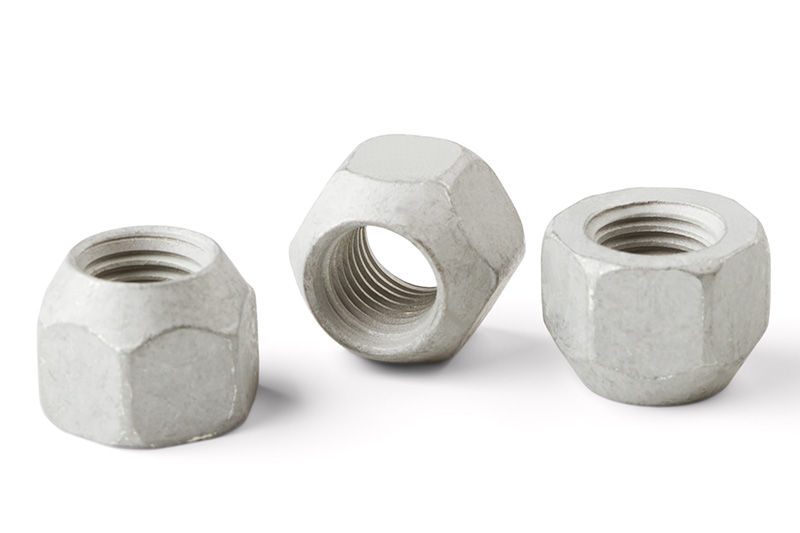
Ever wondered how Porsche arrived at the iconic Fuchs wheel design? At the same time as the 911 was being brewed up, Porsche was designing a lightweight, air-transportable tank for the German army (you’d reckon it might have learned its lesson there a few years earlier…). And the track-rollers for the tracks of those tanks were made by Otto Fuchs using aluminium alloy and a forging process for strength. No brainer.
Zero Fuchs given
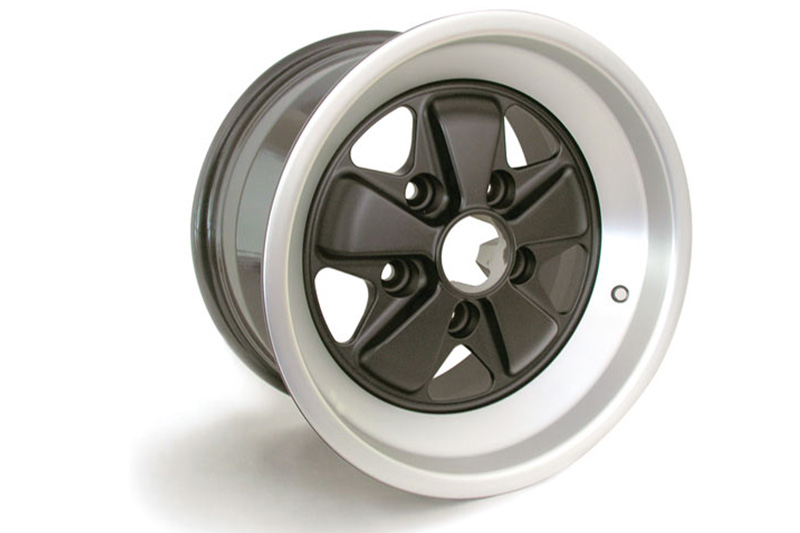
Ever wondered how Porsche arrived at the iconic Fuchs wheel design? At the same time as the 911 was being brewed up, Porsche was designing a lightweight, air-transportable tank for the German army (you’d reckon it might have learned its lesson there a few years earlier…). And the trackrollers for the tracks of those tanks were made by Otto Fuchs using aluminium alloy and a forging process for strength. No brainer.
Here's my tip
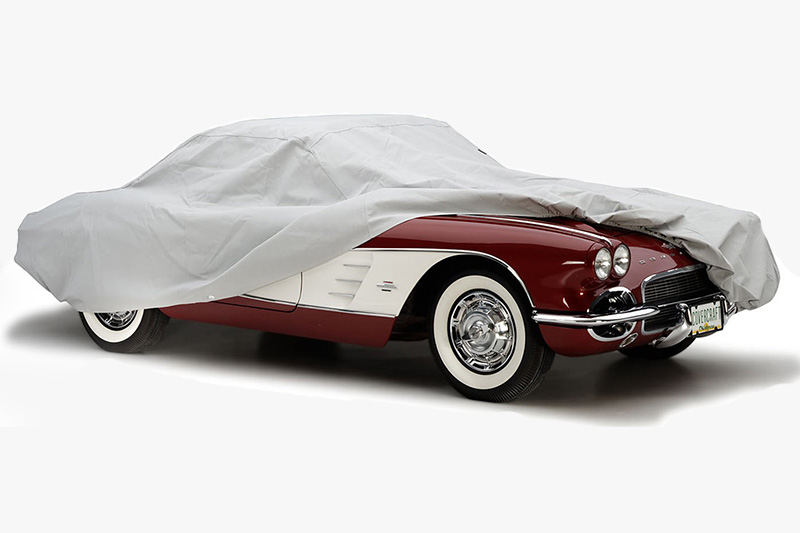
A lot of folk like to keep their cars under covers, even ones that live in climate-controlled garages. Fair enough. While it’s obvious that you shouldn’t cover a wet car, I also recommend that you don’t cover a car at all until it’s cooled down from a gallop, even if it seems bone dry. For a start, you don’t want the cover touching anything hot around the engine or tailpipe, but you might also find that there could be a tiny bit of coolant evaporation (especially on older cars without sealed cooling systems) taking place until the car has returned to room temperature.
Unique Cars magazine Value Guides
Sell your car for free right here
Get your monthly fix of news, reviews and stories on the greatest cars and minds in the automotive world.
Subscribe

.jpg)












